If you want to enjoy riding your road bikes and derive maximum comfort doing so, the first important thing you must do is to choose the most appropriate tires and rims. How do I do that? Great question! Concentrate on features like the tires’ rolling resistance, aerodynamics, widths (inch widths), types, whether they should be tubeless or not, their patterns, brands, and so on.
Let’s get into the nitty-gritty of how you can choose the best road bike tires and rims, shall we?
How To Choose The Best Road Bike Tires And Rims
Speaking from experience, I recommend considering only tires that offer good grip on the road, have better-rolling resistance, and possess high puncture protection. It will be hard to find a tire with all these three qualities, go for the one that has two or at least one of the features I mentioned.
1. Selecting The Right Tire Size
A standard road wheel size is 700c (see all our road bike wheel reviews) with the prevalent options of 23, 25, or 28mm widths. As a custom, race bikes have 23mm widths while training has 25mm widths and a mixture of hard and rough roads have 28mm widths.
As a matter of fact, the narrower the tires, the less comfort you can obtain from your biking. Because decreased rolling resistance provides a unique opportunity for fast cycling during the dry, summer season.
However, I recommend getting the wider tire to experience better comfort, good grip, and great puncture protection during wintry cycling.
2. Consider The Tire Parts
Every road bike tire has two main parts: a casing and a thread. All hook-bead clinches are also composed of beads.
Casing
The casing is the fabric foundation of all road bike tires. It is made to restrain stretching while moving, but it is also expected to be flexible. This is why it is possible for tires to retain their shapes while running on different road surfaces.
Modern tire casings are made of cotton, nylons, polyamide, and aramid (Kevlar). The more layers of any of these materials in a tire, the tougher and puncture resistance will be.
The two main examples of tire casings are High TPI Casing (with a TPI of over 100 and containing very fine threads used in making a thin but supple tire’s casing) and Low TPI Casing ( with a 60TPI or lower, and are thicker, durable casings for bike tires).
Thread
This is part of the tire that contacts the ground. The primary goal of the thread is to maximize qualities like aerodynamics, puncture-proof, rolling efficiency, and durability.
Good thread makes it possible for the tires to have good traction on the road surfaces. Road bike tires are produced from two different materials: Compound (most tires are made from a mixture of butyl or natural rubber and contain additives like silicon, Kevlar, or carbon black.
Carbon black is instrumental in a tire’s traction on the road. ) and Thread Pattern. Examples of thread patterns are smooth, knobby, and slick. Most road bikes have smooth threads).
Bead
The bead is described as one of the two steel or Kevlar cables folded inside the edges of the modern hook header clinchers’ casing. The purpose of this is to provide a non-elastic tire that will not blow off by intense air pressure.
Beads are also made of foldable and flexible aramid cables. There are two types of beads:
- Kevlar beads, which are also referred to as folding beads make the tire lighter, foldable, and flexible for easy storage.
- The second type is wire beads. These are also called steel beads and give better shapes to tires, but they are heavier than Kevlar beads.
3. Consider The Type Of The Tire
There are three major types of road bike tires; each type has its corresponding merits and demerits. Highlighted below are the most common tire types you can find in any road bike:
Hook Bead Clinchers
These tires fit on modern rims that possess inward projecting ridges above the rim walls. You may notice that some old types of rims possess smooth flanges. You can get standard clinchers in different sizes, brands, tread patterns, and shapes when compared to tubular ones.
They are generally lighter and have features that can withstand tire pressure. They can be used with all kinds of rims; cheaper and easier to fit in. But they do not offer the qualitative supple ride known for tubular or tubeless tires, and they are not mostly puncture-proof.
Tubeless Hook Bead Clinchers
You will see that they pretty look much like hook bead clinchers, but they have a stronger and very visible bead and inner tube that brings about an airtight seal when used with specific tubeless rims or a standard rim adapted to the tubeless.
The downside of tubeless tires is that they are messy and more difficult to install. They are more expensive and difficult to repair. Here are some of the benefits you can enjoy:
- Great ride quality similar to tubular tires
- Better ride efficiency because you won’t lose energy to the tube creep
- No worries about pinch flats
- Run at lower pressures for great traction and comfort
Tubular Tires
You can use this type of tire primarily for road racing, triathlons, and cyclocross. What makes tubular wheels unique is that their tube is integrated into the tire, and the tire casing surrounds the tube, stitched to form a closed tube. Then the tire will be glued to a particular tubular rim.
The tubular wheel rims do not have upright edges to hold the tire on because they lack glued attachment and beaded open casings. As a result of this, tubular rims are lighter than clinchers that have the same or higher strength.
Other benefits include great ride quality, they are lighter than clinchers, and fewer pinch flats. The demerit is that they are difficult to install, more expensive, and the most difficult to repair.
4. Opt For A Well-Reputed Brand
You can choose from different brands of road bike tires and rims. They come in several prices, some are cheap and others may be expensive for you. Some are made with full carbon, full Aluminum, and Alu/Carbon.
Some of the prominent brand names are Reynolds, Shimano, Easton, Mavic, Zipp, Powertap, and Vuelta. My favorite is Shimano because they provide quality. Their products also have a prolonged life and they manufacture some of the best road bike tyres.
5. Selecting Appropriate Tire Width (inch widths)
Selecting the appropriate tire width for your bike comes with experience, but not everyone pays serious attention to the fact that your tire width may have a direct impact on your cycling comfort.
Two fundamental things you should know about your bike tires are their widths and diameters, expressed in millimeters or inches. The commonest diameter for a road bike is 700c while the width is 23mm, the configuration expressed as 700 x 23c. Of course, there are variations of widths you can always choose from.
Likewise, bike tires are measured using the International Standards Organization (ISO), which adopted more correct metric standards for tires and rims. Compared to traditional sizing, for example, 700c, the ISO tire standard is concerned with measuring the tire’s bead seat diameter accurately together with its width that had been inflated width.
For example, the ISO version of a 700×25 tire should be 25-622, whereby 25 stands for the inflated tire’s width in expressed millimeters, then 622 represents the diameter of the tire’s bead in millimeters.
However, the 622 is referred to as the Bead Seat Diameter (BSD); it is also regarded as the diameter of the rim’s inside where the beads of the inflated tire will seat. Have a look at the chart below which shows the commonest tire sizing equivalents:
| American size | European size | ISO | Rim outside diameter | |
|---|---|---|---|---|
| Inches | MM | MM | MM | Inches |
| 20 x 1.75 | 500 x 45 | 44-406 | 422 | 16.6 |
| 24 x 1.75 | 600 x 45 | 44-507 | 523 | 20.6 |
| 26 x 1 | 25-559 | 573 | 22.5 | |
| 26 x 1.95 | 50-559 | 573 | 22.5 | |
| 26 x 1 | 650C x 25 | 25-571 | 585 | 23 |
| 700C x 25 | 700C x 25 | 25-622 | 634 | 25 |
| 29 x 2.10 | 700C x 53 | 53-622 | 634 | 25 |
| 27 x 1.25 | 32-630 | 642 | 25.25 | |
This road bike size calculation can help you select the appropriate tire width for your road bike, you may as well want to utilize.
Should You Choose Tubeless Tire? My Advice
You may also find yourself at the crossroads of whether to choose a tubeless or tubular tire for your road bike. From my experience over the years, here are some facts you must consider to make your decision:
- Tubes are the rubber bladders or butyl that keep the air in standard tubular tires and hook-bead clincher tires
- Latex tubes are seen to possess higher tube performance because they are lighter and suppler but they leak air very quickly; you need to re-inflate them more often, possibly after every ride.
- Butyl tubes don’t lose air as quickly as latex; so you may re-inflate only once a week.
- And butyl tubes can become lighter when you reduce the tire’s wall thickness. This may cause more tire punctures because of the inflexibility of the tire’s wall.
Unlike tires, tubes cover a range of sizes. For example, it is a known fact that a 700 x 28-32 tube is compatible with any tire between 700×32 and 700×28. Tubes are generally available with one of two valve stem types: Schrader (prevalent U.S. car valve stem) and Presta (skinny European-style stems).
I prefer the Schrader valve stem because all Schrader valves are known to possess screw-in removal cores that permit tightening or replacement in case there is a leak or when you want to add tire sealant.
Most Presta tubes lack removable cores, and sealant readily clogs those that have removable cores. Presta tubes can be found in different lengths of stems to fit the depth of the used rim. The commonest is 35mm, but you can also see 60mm and 48mm.
The Different Road Bike Tyre Patterns
The idea is to look for patterns that will provide a lower rolling resistance. There are two kinds of tread patterns: tread for off-road use and tread for on-road use:
1. Tread for off-road use
Treads can assist to improve your bike’s off-road traction in two interesting ways: The tread’s knobs can attach to the projections of hard, undulating surfaces and therefore reduce the possibility of slipping.
While riding on soft, damp surfaces, the knobs reach into the surface and dig in for a firm grip and great traction.
2. Tread for on-road use
If you ride your bicycle only on the road, its tires don’t necessarily need to have any kind of tread features. The best road bike tires should be able to run smoothly on road surfaces without any tread.
Choosing A Combination Tread Pattern
Another thing about road bike tyres is that you can opt for a combination tread is a true combination of two or more different kinds of treads. The commonest design is to put a smooth ridge down the tread’s center, and have knobs on the sides.
I have experience that the ridge will offer a smooth ride on road surfaces with good, inflated tires and the knob will be useful when the bike comes off the road or negotiating a turn.
How To Avoid Hydroplaning
Hydroplaning occurs when riding on a wet, soft road when your bike loses traction and skids away. But you don’t have to worry about this because the pattern of your bike’s tire can withstand hydroplaning.
Your bicycle’s tire has a curved, firm road contact, a structure that puts the water away to either side while cycling. More so, your bike’s tire is narrow and this reduces the contact with water that could have caused the skidding.
If your bike has knobby treads, they will cause worse traction on hard surfaces. Because the knobs can be made to bend under heavy side loads, which won’t occur in the case of a smooth tread. The bent knobs can disrupt the smooth handling of your bike and force the tires to falter when cornering or turning. So, watch out for knobby treads and avoid them!
Understanding The Tire Pressure And Width
Tire width and pressure are interwoven. If you want lower pressures, go for wider tires. Narrower tires often produce higher pressures. It is that simple!
The part of your bike’s tire that normally touches the ground surface at any time is referred to as the “contact patch.” The area covered by the contact patch would be directly proportional to the overall load (weight) on the tire, and it is inversely proportional to the inflation pressure in the tire.
Take for example, if your bike’s rear tire is under the pressure of a 100-pound and your tire is inflated to 100 PSI (pounds per square inch), it is expected that the contact area of your bike’s tire will be approximately one square inch. Imagine you reduce the pressure to 50 PSI, and your bike’s tire will surely come off the rims.
A tire should deflect a bit when put under pressure or load. This is why you have pneumatic tires that can absorb this little pressure. However, here are three observations a cyclist can detect about his/her bike’s tire inflation:
Under-inflation
Lower tire pressures mean more rolling resistance, prone to pinch flats, and may even come off the rim during cornering, most especially, the wide tires on narrow rims.
Correct inflation
A well-inflated tire will have lower rolling resistance, will not get pinch flats when used normally, will absorb minor rough surfaces, improve rider comfort, and will adjust to rough surfaces without jumping or losing traction. They also have a better rolling speed.
Over-inflation
An overinflated tire will have slightly less rolling resistance on smooth surfaces, be more prone to damage from sharp rocks and other road hazards, will give a harsh ride on anything but the smoothest road, and can bounce on rough surfaces.
Which Tires And Rims To Settle For? My Recommendation
At times, it is not easy to determine which tires and rims to settle for, but the best way to overcome this confusion is to ask yourself some of these simple questions:
- What is the main purpose of using the bike? For leisure or for everyday commuting?
- Which season of the year will I be using the bike the most? Summer or winter?
- Do I care about speed or not?
Your answers to these simple questions will help you determine which road bike’s tires and rims to eventually go for.
Normally, people don’t care about the kind of tires and rims their road bikes have, as long as they can move from one place to another. But as the desire to experience absolute comfort in bike riding increases, many bikers’ eyes are now opened to the fact they could do one or two things to enhance their biking experiences.
Here is some information you must understand: If all you need a bike for is to run around leisurely with fast speed, I would suggest choosing a tire that has great rolling resistance, is fast, and is lightweight. But this kind of tire may not be suitable for your bike if you are using it for your day-to-day commuting.
FAQs
What makes a good bicycle rim?
Durable construction with the right kind of welding, appropriate width, and a good aerodynamic design make a good bicycle rime.
What is the most common bike rim size?
The most common bike rim size is 700c for road bikes and 26-inch and 29-inch for mountain bikes.
Which rims are stronger?
Steel rims are considered stronger.
Does quality of rims matter?
Recap
Keeping all these things into consideration when you are choosing the bike tires and rims will help you get the maximum out of the experience. Don’t forget to prioritize your riding style, the condition of the road that you’ll be riding on mostly, and your personal preferences.
I would suggest you invest in high-quality tires and rims. They are a long-term investment that ensures safety and durability. Remember, take your time and choose wisely!
Also Read:
- The Truth About Buying New Road Bike Wheels
- How To Select The Best Mountain Bike Tires And Rims
- The 12 Best Budget Road Bike Wheels
- The Best Wheels For Road Bikes
Should you have any questions or require further clarification on the topic, please feel free to connect with our expert author Jerry O by leaving a comment below. We value your engagement and are here to assist you.

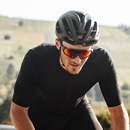
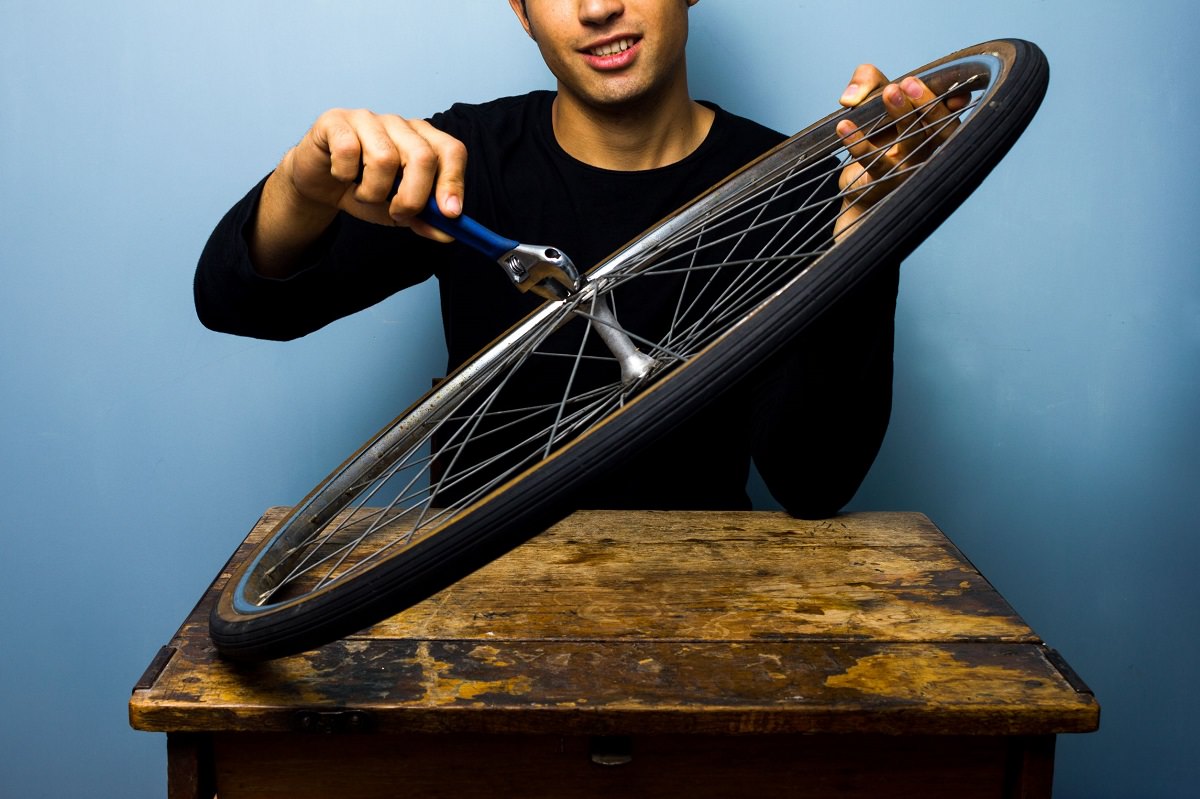

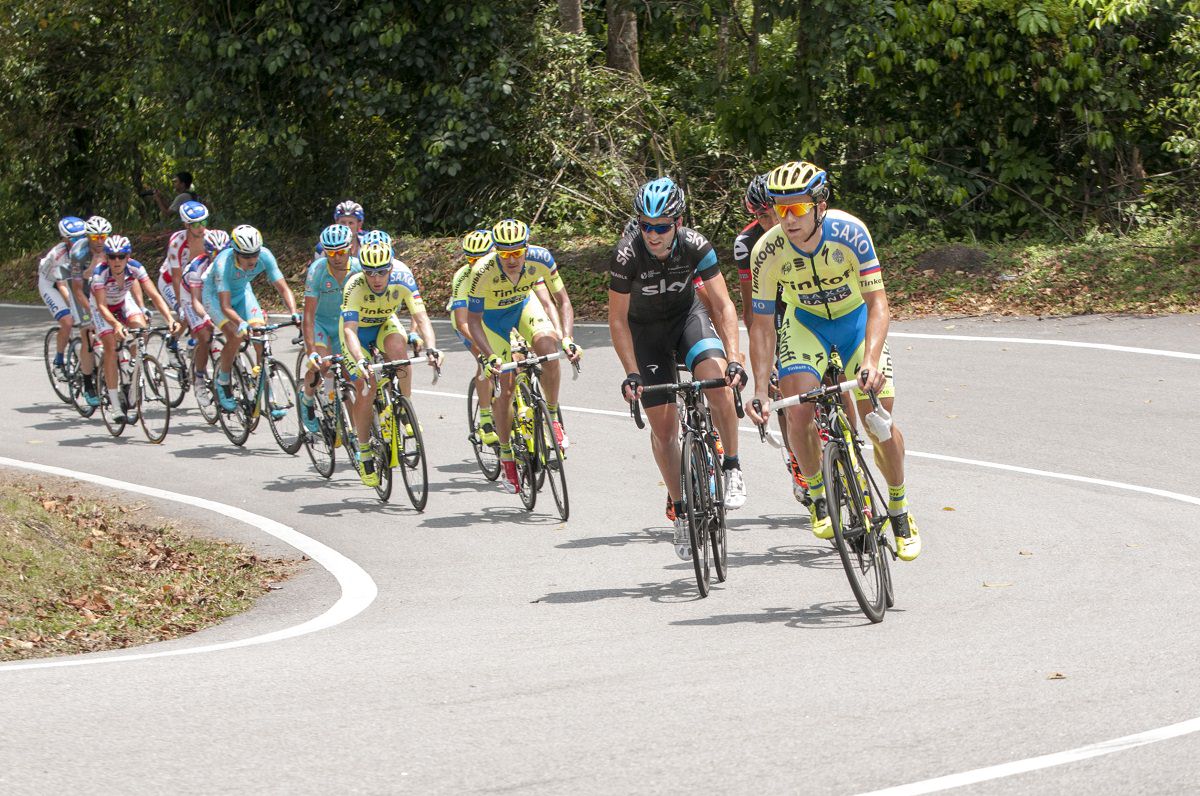
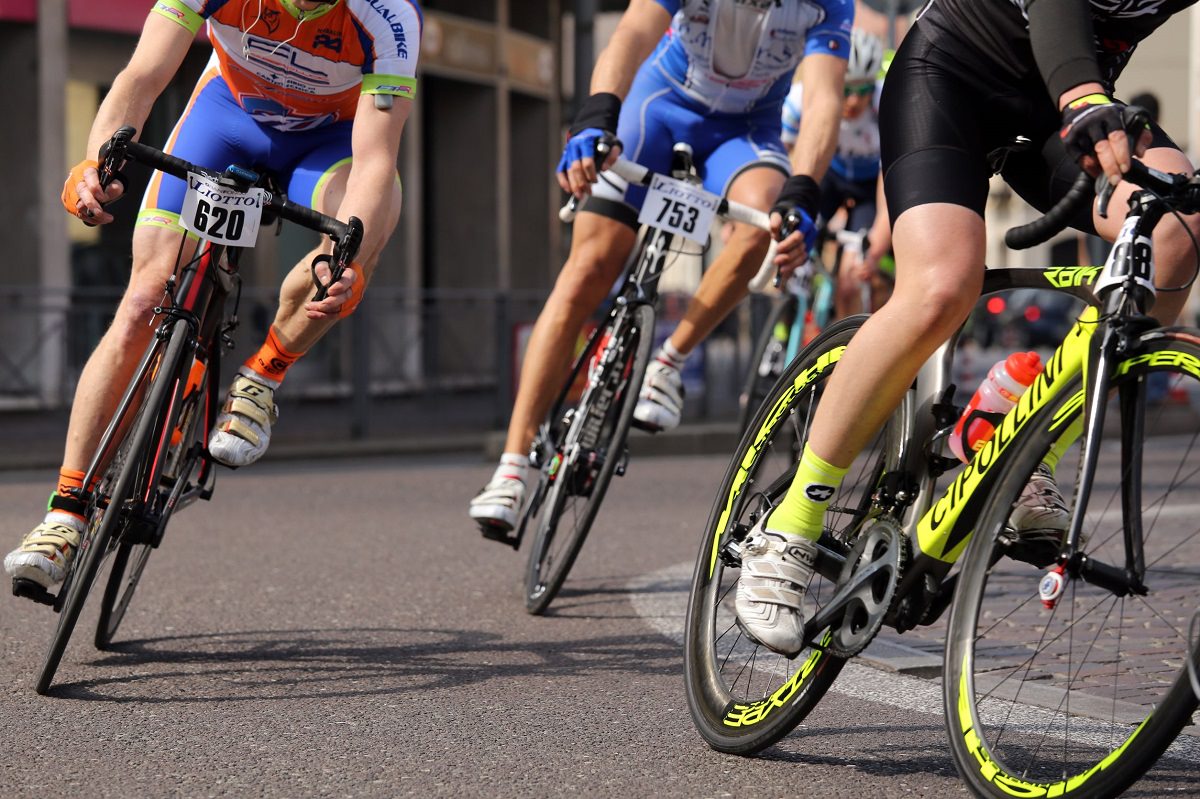
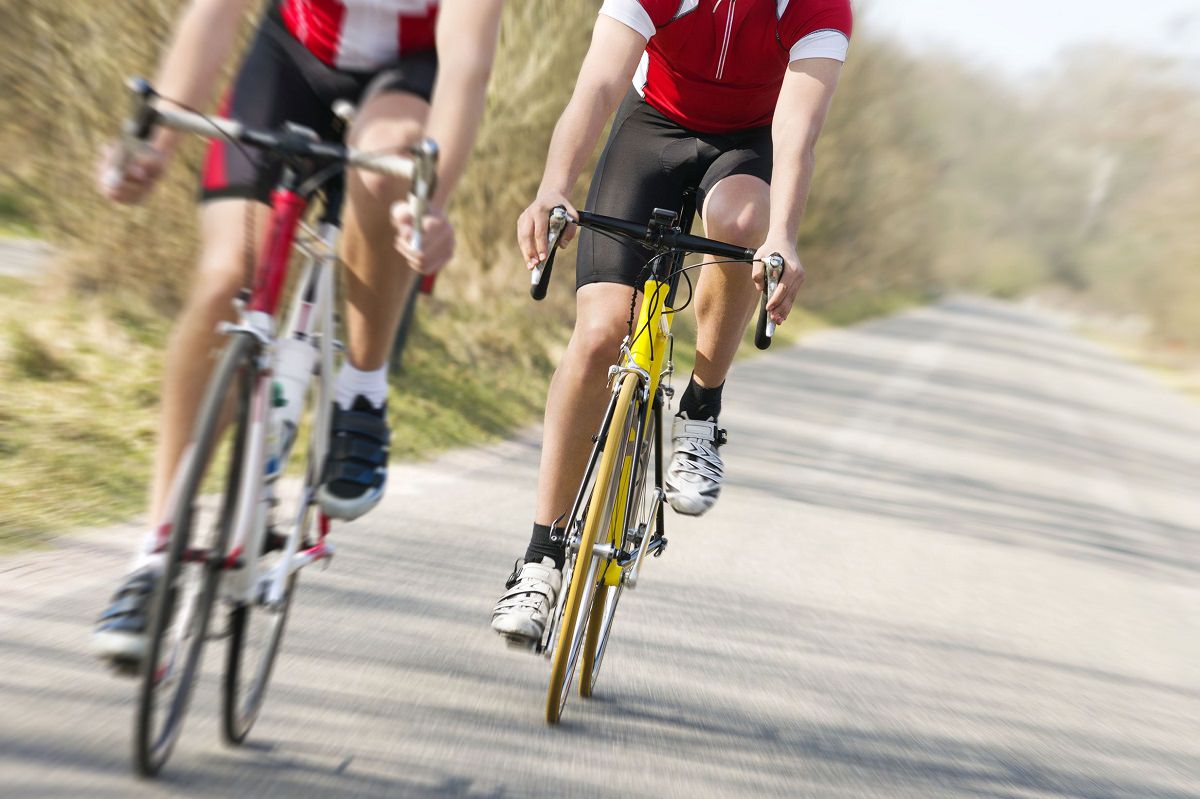
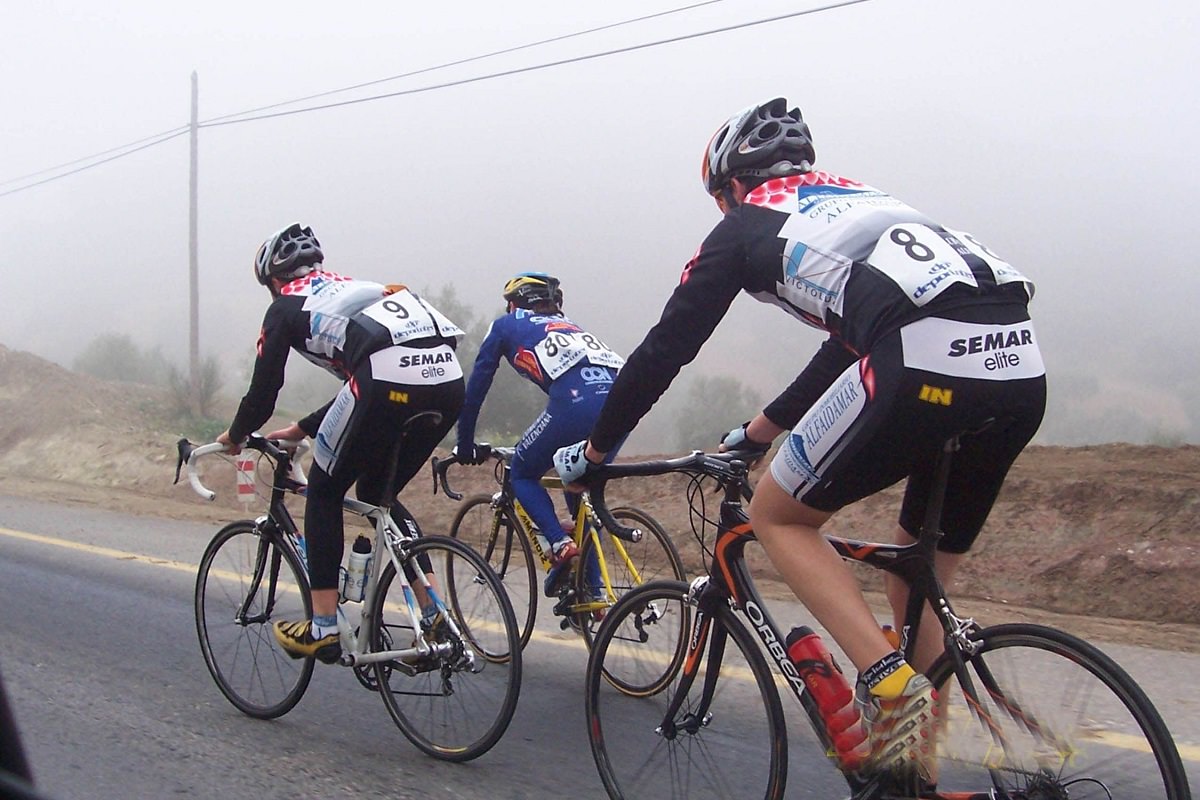
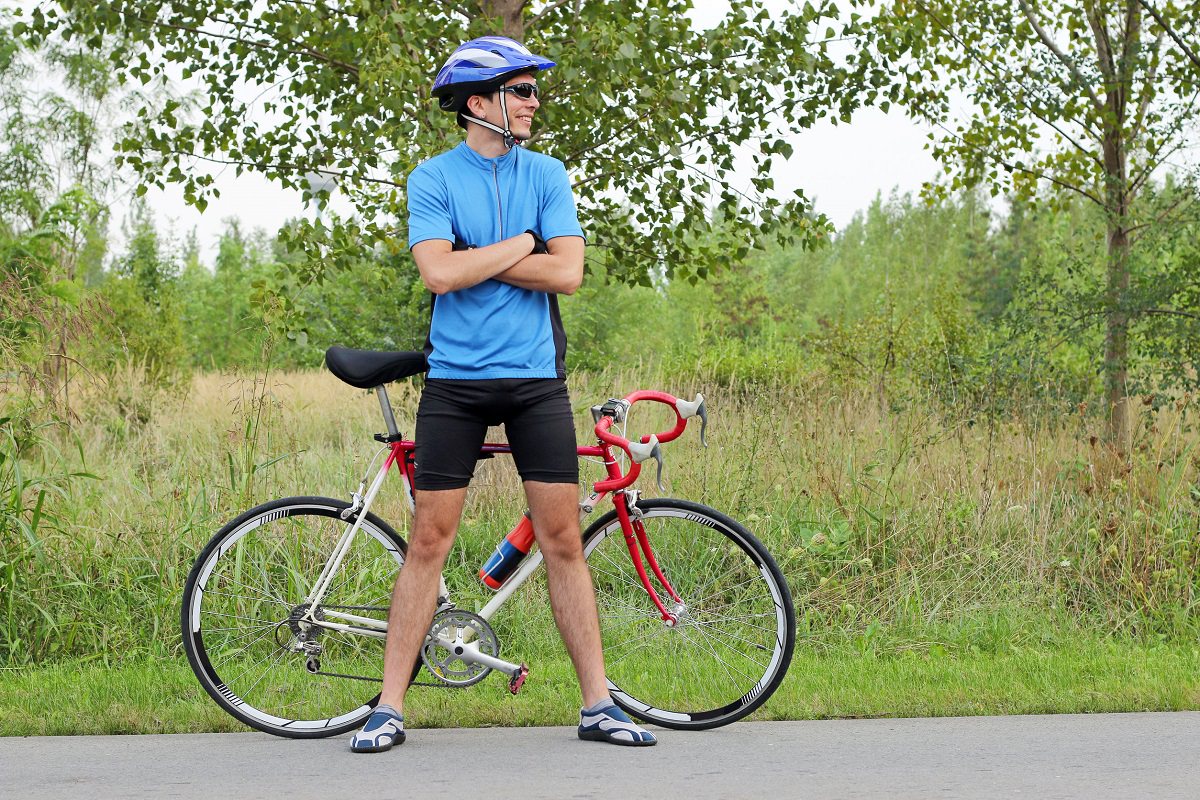
1 thought on “How to Choose the Best Road Bike Tires and Rims”
so informative and very easy to understand. it is perfectly helpful.
Hi I have a mountain bike by Vilano. I want to change the tires for road, pavement, and grass. I need wether tire and rims for smooth riding up hill. I ride at least 5-6 days a week from 10-30 miles. I need a price range.